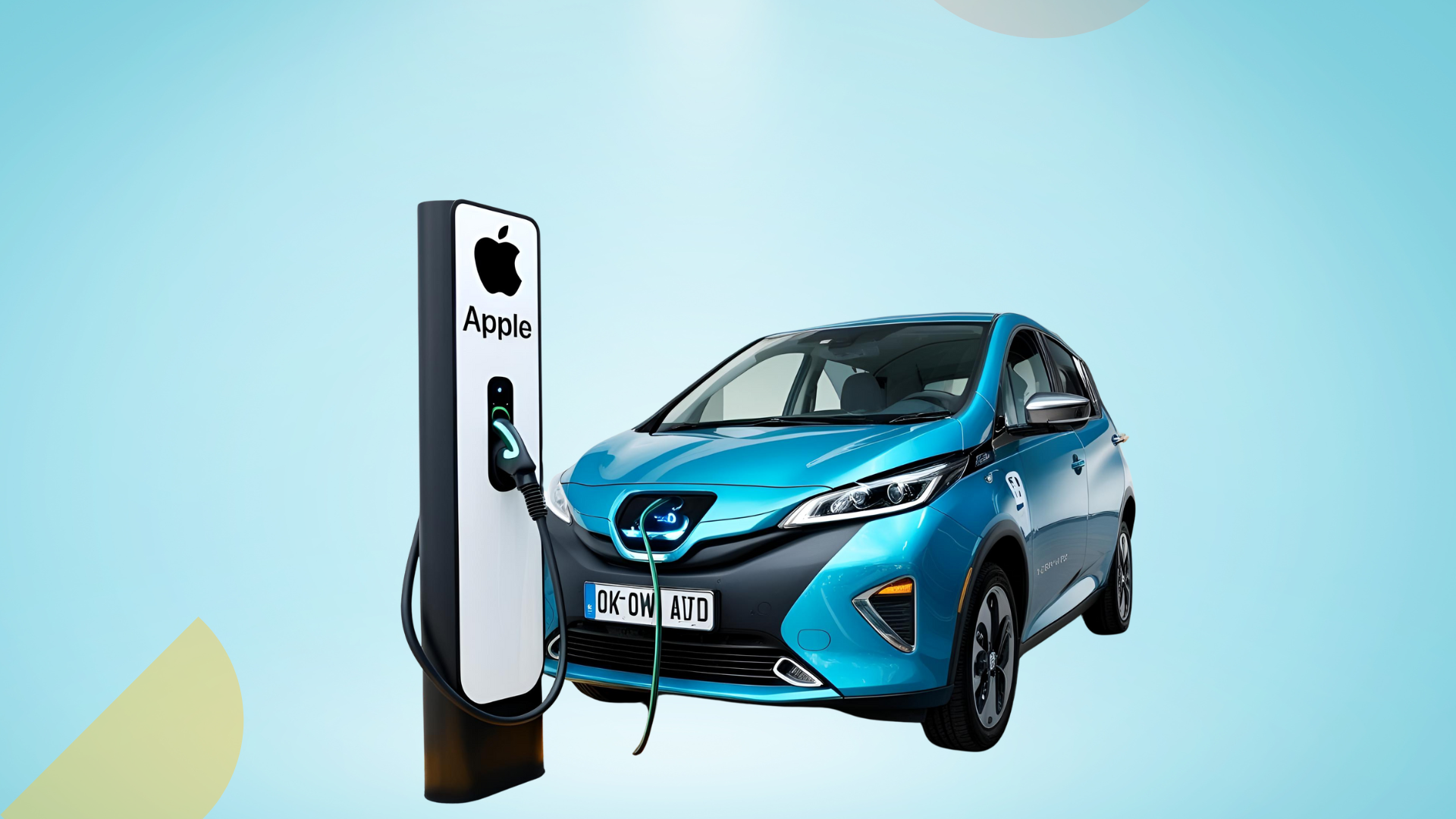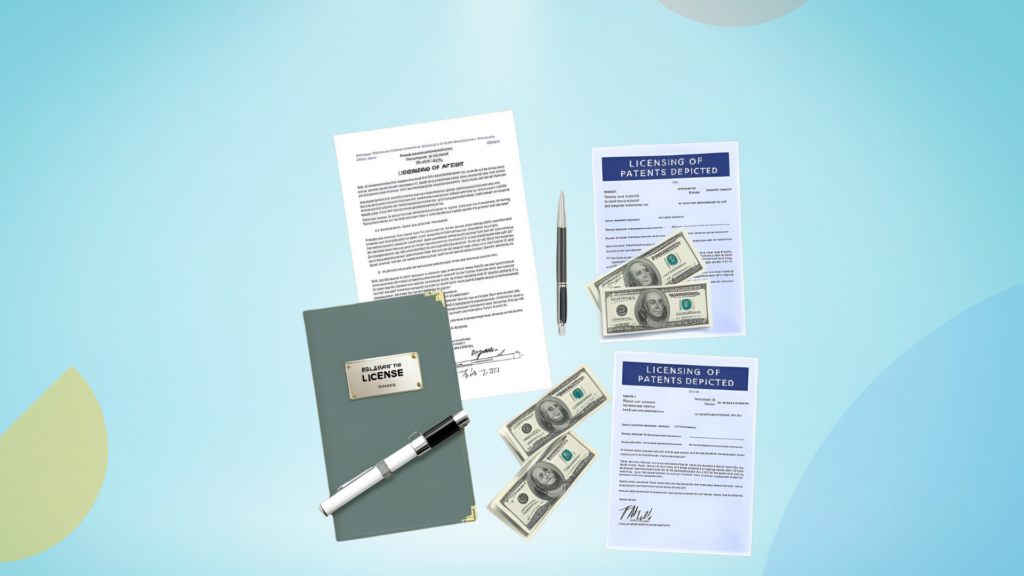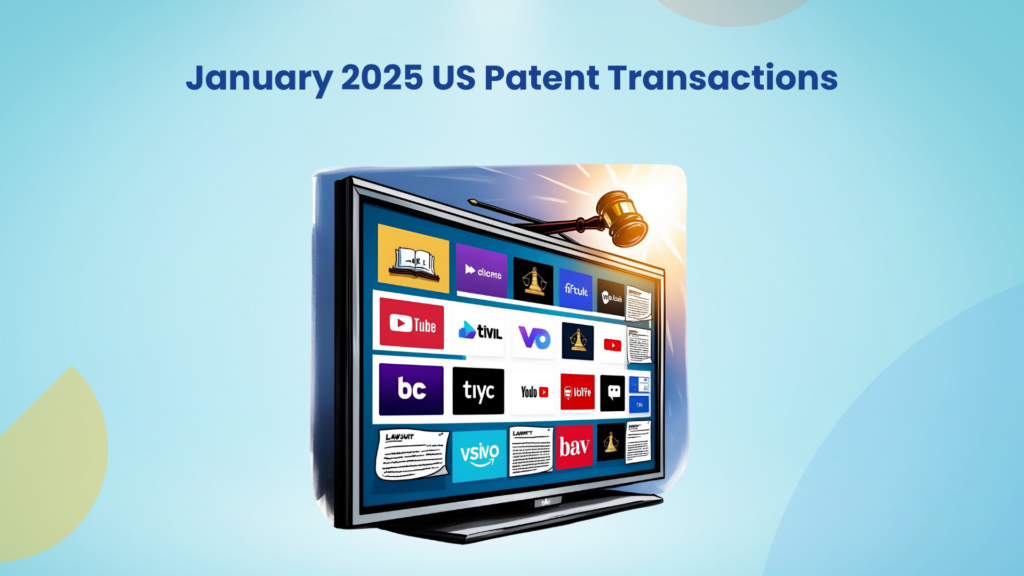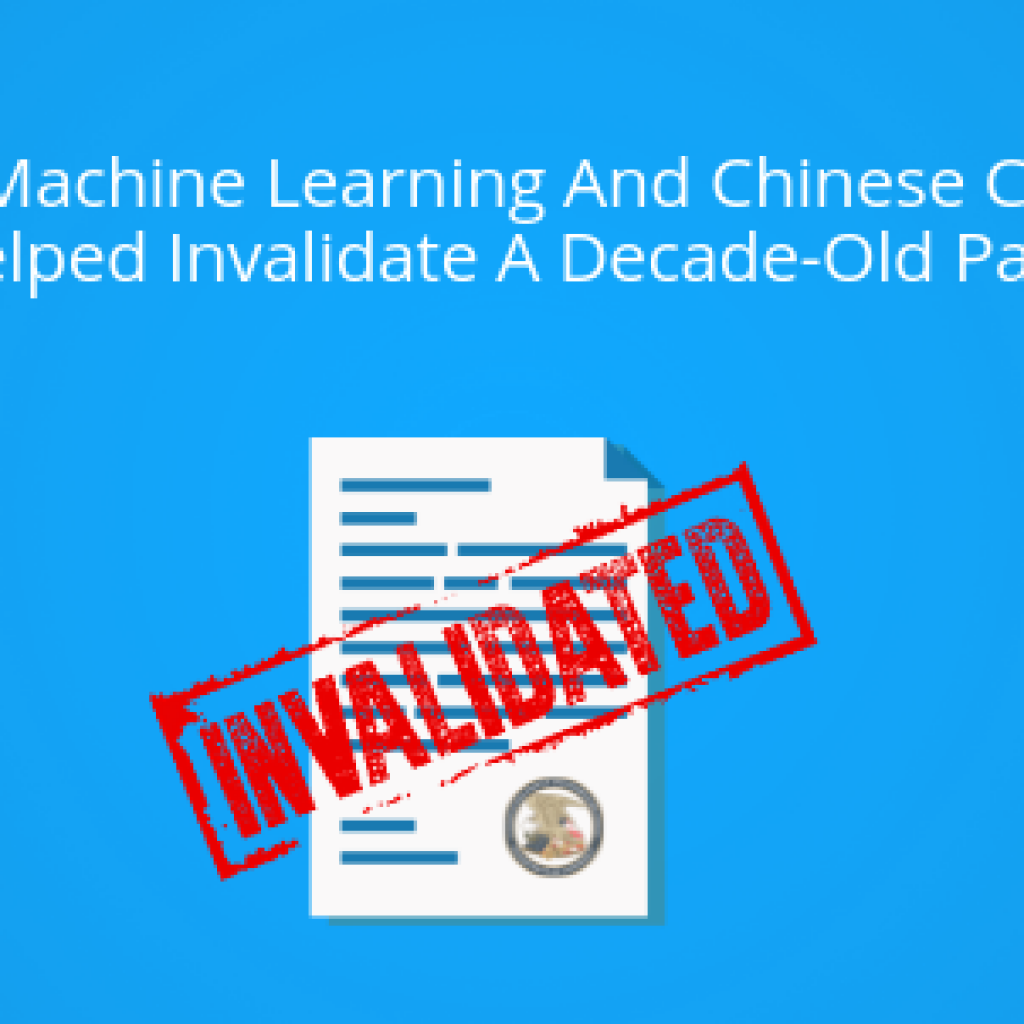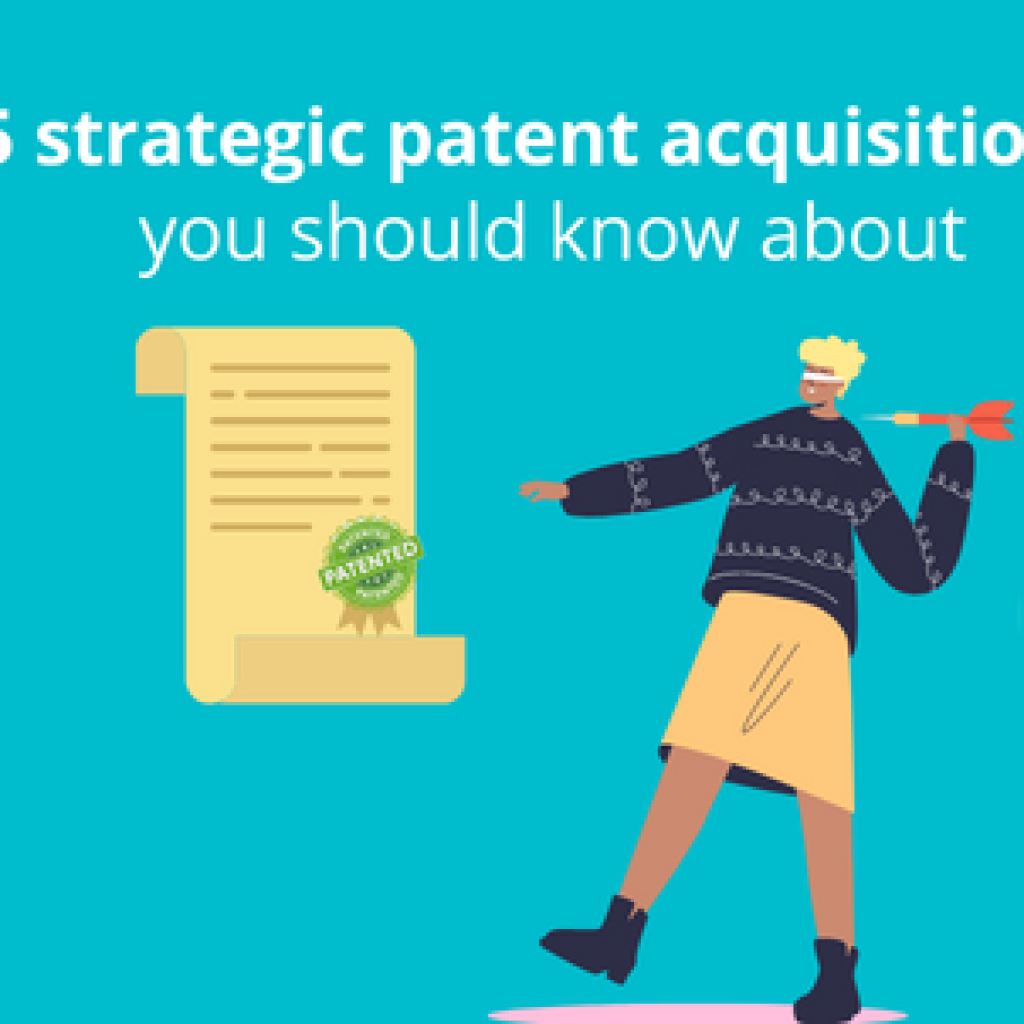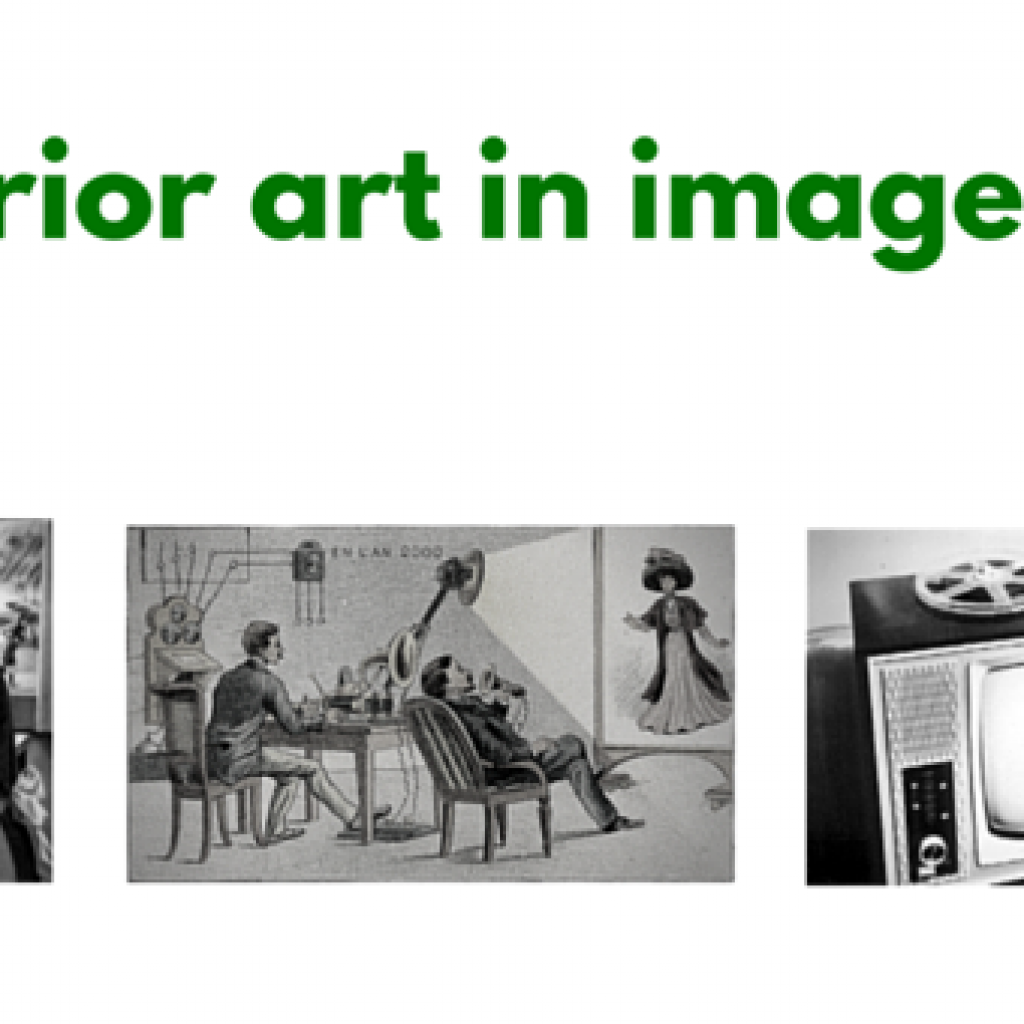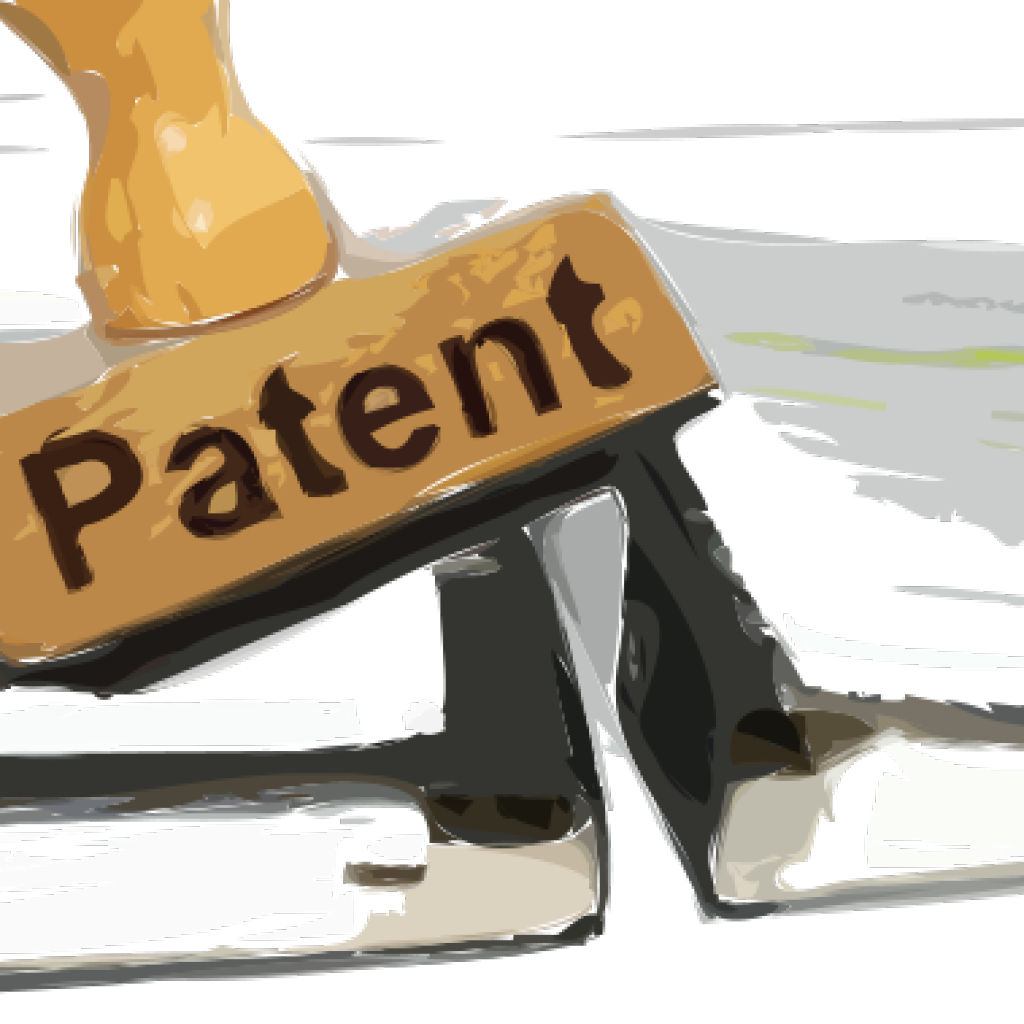Apple’s billion-dollar EV charging patent describes an advanced charging station that automatically aligns the plug with the vehicle’s charging port. This mechanism eliminates the need for precise driver input, making charging effortless.
Apple ventured into the electric vehicle domain in 2014 with “Project Titan,” in partnership with the Chinese automaker BYD. The goal was to develop lithium-iron-phosphate (LFP) battery cells for the Apple car. While the Apple Car never materialized, the research left a lasting mark, particularly in charging automation.
This analysis decodes the core claims and market potential, explaining why acquiring Apple’s patent would be highly valuable for EV manufacturers. It explores the advantages of the patent, from seamless user experience to competitive market positioning, and how it rivals Tesla.
Standout features of Apple’s EV Charging Patent US11325491B1
Below is a breakdown of key components and functionality of Apple’s patent:
- Charging Station with Passive Connector: The system allows the charging plug to move back and forth in a straight line to ensure it fits correctly when connected to the vehicle. This enables easy alignment with the vehicle’s charging port.
- Receptacle Assembly with Guide Surface: A second charging connector that links to the first is guided by a special surface to ensure it lines up correctly.
- Movable Cover for Protection: The charging port remains protected when not in use, minimizing exposure to environmental factors such as dirt and moisture.
- External Force-Based Alignment: The system detects the vehicle’s movement to align the charging components, eliminating the need for precise positioning by the driver.
Market Applicability and Relevance
EV sales reached 40 million in 2024 and will hit 143 million by 2045. This has led to rapid expansion in the EV charging market with innovations in ultra-fast charging technologies, wireless charging systems, smart grid integration, and vehicle-to-grid (V2G) capabilities.
These advancements highlight a trend toward efficient, scalable, and user-friendly EV charging technology. Apple leveraged its magnet-based alignment (MagSafe) expertise to align with these growing demands. MagSafe ensures secure attachment, faster charging, and easy alignment for a seamless user experience in iPhones and MacBooks. The tech giant upgraded the technology for EVs.
Here’s an overview of the estimated market value of products similar to Apple’s EV charging technology. The table helps analyze the potential value of Apple’s patent in this growing market:
| Company | Product/Service | Estimated Market Value |
| Tesla, Inc. | Tesla Supercharger | $673.20 billion |
| ChargePoint, Inc. | ChargePoint Stations | $568.963 million |
| Electrify America | DC Fast Chargers | $2.45 billion |
| Blink | Blink Charging Stations | $161.84 million |
| Ford | Ford Charge Station | $42.32 billion (Overall) |
Tesla’s Brief Detour Towards the Robotic Charging Arm
Besides the Supercharger, Tesla took a brief detour that felt straight out of a sci-fi movie. Tesla’s robotic charging arm, showcased in a 2015 prototype video, is a fully automated system that detects and connects to a vehicle’s charging port without human intervention. The snake-like robotic arm is designed to physically maneuver itself into position, making it a hands-free charging experience.
On the surface, Tesla’s system seems more practical—it eliminates the need for any specialized port design or passive alignment mechanisms, making it compatible with a broader range of EVs. However, the high cost and mechanical complexity of Tesla’s robotic arm raised concerns about widespread adoption. Moving parts introduce potential failure points, maintenance costs, and operational risks in real-world scenarios. Eventually, Tesla’s focus transitioned from mechanical solutions like the robotic arm to more seamless wireless charging methods.
In contrast, Apple’s passive alignment mechanism focuses on cost-effectiveness and simplicity, leveraging design ingenuity rather than complex robotics. This makes it easier to integrate into existing infrastructure without the heavy engineering investment Tesla’s system requires. While Tesla’s approach may appeal to high-end EV users and premium charging stations, Apple’s patent could be a game-changer for mass-market EV charging adoption.
Let’s look at some other companies that forayed into similar charging technology.
Competitive Patent Landscape: Overlapping Technologies in Automated EV Charging
Several companies have developed or patented technologies similar to Apple’s. Below is a comparative analysis of relevant patents and their assignees in the EV charging sector.
| Assignee | Patent Title | Citation | Notes |
| Toyota | Locating and aligning wireless charging elements for electric vehicles | US9908425B2 | Wireless charging of electric vehicles with movable charge transmitters and position detection. |
| Audi AG | Method for positioning a motor vehicle, system with such a motor vehicle, and motor vehicle | US9103655B2 | Method for positioning vehicles for contactless charging, using sensors to identify the position. |
| Faraday & Future Inc. | Autonomous vehicle charging station connection | US10286793B2 | Automated coupling and connection to electric vehicles using sensors and path determination. |
Licensing and enforcement potential by addressing gaps in the EV charging technology
Features of Apple’s patent are not fully implemented in current market products. However, our analysis of competitor products reveals how they align with or lack aspects of Apple’s patent claims. It also highlights opportunities for licensing or acquisition for litigation-free product launches.
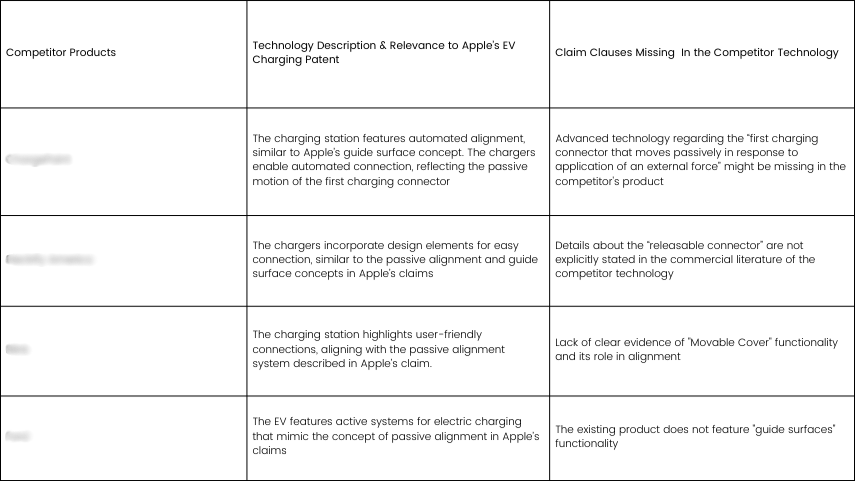
While the competitor’s automated features appear to have the highest similarity to Apple’s patent, further analysis would be needed to determine potential licensing or enforcement actions.
Your Product Could Be at Risk!
Earlier, GreyB identified IBM’s next-gen drone patent. The innovation can autonomously sense when someone might need a coffee and deliver it on demand. This advanced facial expression detection technology positions IBM ahead of drone market leaders like DJI and Parrot. It is a potential gatekeeper in a $15 billion market, limiting competitors to licensing, costly workarounds, or infringement risks
Apple’s US11325491B1 patent represents a significant step in automated EV charging for ease of use and efficiency. Companies utilizing similar technologies should assess the patent’s scope to mitigate infringement risks and explore licensing or buying opportunities.
A due diligence will help companies analyze patent overlaps and evaluate the risks and benefits of acquiring or licensing this patent. Fill out the form below and talk to our experts today.
Talk To Our Experts Today
Fill out the form below

